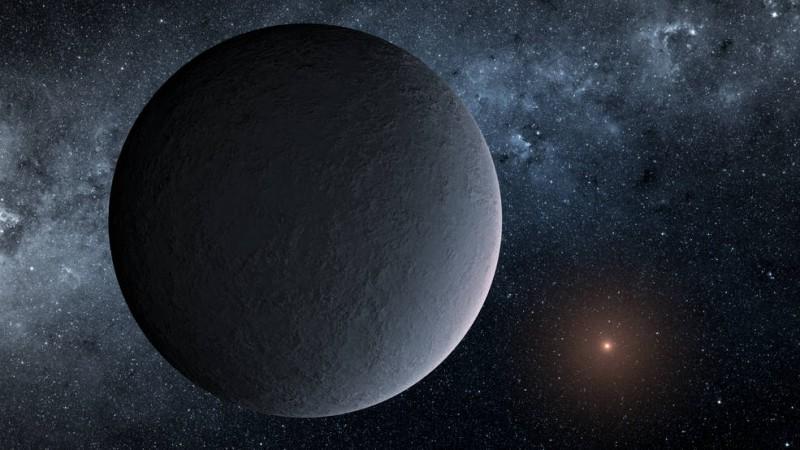
A new planet with the mass of Earth, dubbed OGLE-2016-BLG-1195Lb, has been discovered by the scientists. Located at a distance of 13,000 light-years away from Earth, this planet orbits its parent star at a distance which is equal to the distance at which Earth orbits the Sun. The star of this planet is found to be very faint, which points towards the planet being too cold to be habitable.
Also Read: All government and media cover-ups about UFOs and aliens will be DISCLOSED soon!
This icy planet was found using an astronomical phenomenon called microlensing. This technique is carried out with the help of the background stars, which are used as flash lights to detect distant celestial bodies.
A ground-based survey -- Optical Gravitational Lensing Experiment (OGLE) – which is managed by the University of Warsaw in Poland was used to detect the initial microlensing signals of the planet, hence it is named 'OGLE-2016-BLG-1195Lb'.
Also, the Korea Microlensing Telescope Network (KMTNet), operated by the Korea Astronomy and Space Science Institute, and Spitzer, to track the event from Earth and space were used by the authors of this study.
"When a star crosses precisely in front of a bright star in the background, the gravity of the foreground star focuses the light of the background star, making it appear brighter. A planet orbiting the foreground object may cause an additional blip in the star's brightness," a NASA statement explained. The blip remained for a span of few hours in this case.
"This 'iceball' planet is the lowest-mass planet ever found through microlensing," said Yossi Shvartzvald, the author of the study and a NASA postdoctoral fellow based at Jet Propulsion Laboratory, Pasadena, California, as per a NASA statement.
The microlensing technique can be used to find many exoplanets located far away from Earth as well as planets possessing low mass which orbit their stars at more proximity than Earth orbits the Sun.
This finding has aided the astronomers by helping them in understanding more about the various types of planetary systems present outside our solar system as well as the distribution of planets in our galaxy.
Similar to the two other planets spotted by NASA's Spitzer Space Telescope through microlensing, this newly discovered icy planet is also present in the flat disk of the Milky Way galaxy and not its central bulge.
"Although we only have a handful of planetary systems with well-determined distances that are this far outside our solar system, the lack of Spitzer detections in the bulge suggests that planets may be less common toward the center of our galaxy than in the disk," said Geoff Bryden, astronomer at JPL and co-author of the study.
.









!['Had denied Housefull franchise as they wanted me to wear a bikini': Tia Bajpai on turning down bold scripts [Exclusive]](https://data1.ibtimes.co.in/en/full/806605/had-denied-housefull-franchise-they-wanted-me-wear-bikini-tia-bajpai-turning-down-bold.png?w=220&h=138)



